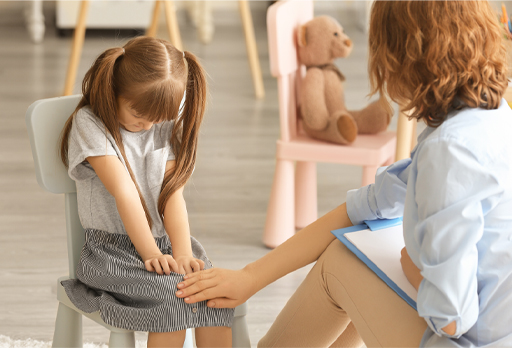1.1 Adult–child power imbalance
When working with children in any therapeutic way, adults should be aware that children often come into therapy through referral by other agencies and carers, as you have seen in Session 6. They are therefore not necessarily entering into the relationship with a therapist through their own choice, but because adults feel they would benefit from the process.
Children are not emancipated adults and as such they will always be part of a system which includes carers (usually their parents and other family members) and professionals (especially teachers) who make decisions on their behalf, often without sufficient negotiation with the child themselves. This means that the child can struggle to understand what is going on, especially in the case of a referral to CAMHS where the child is unaware of the depth of concern the adults in their life have about them. For example, young children are not always perceived as being competent enough to make important decisions, even around their lived experiences, but being unaware of a CAMHS referral can mean that they struggle to engage in their initial assessment, because they may incorrectly assume they are being seen in CAMHS as part of a punishment. Furthermore, children are developing and, despite being extremely adaptable as well as capable in many respects, they are emotionally vulnerable, especially if they have had to deal with complex challenges in life such as trauma.
So, adult–child relationships within therapy can still mirror power imbalances and potential misuses of power (including abuse for some) that children may well have endured prior to entering therapy. For this reason, therapeutic work with children needs to be undertaken skilfully by suitably qualified personnel with appropriate safeguards in place to protect the child.

